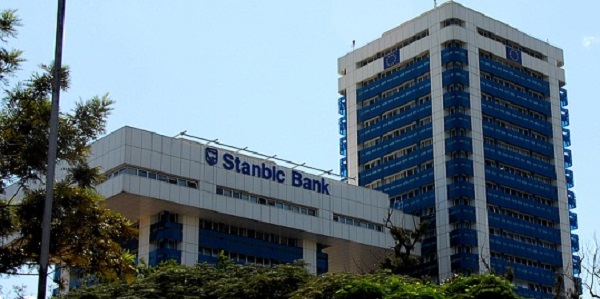
Kampala, Uganda | ISAAC KHISA | Stanbic Bank has become the first lender to venture into insurance business after Insurance Regulatory Authority of Uganda granted it a bancassurace license on Oct. 25.
The lender said it has already signed business deals with seven insurance companies including Sanlam Life, Sanlam General, UAP Old Mutual General, UAP Old Mutual Life, and Liberty insurance to offer both life and general insurance products.
In return, the lender will earn 20% as commission on the total amount of money a customer will pay for an insurance policy commonly known as premiums.
Patrick Mweheire, the Chief Executive Officer of Stanbic said they are proud to be the first commercial bank in the country to offer bancassurance.
“As Stanbic, we have been preparing to launch the service for some time now and have invested significantly in training staff, signing partnerships and putting in place the technology and infrastructure needed to roll out the product smoothly,” he said.
He said the success in the new business will involve raising public knowledge and awareness about the various benefits and types of insurance products available through banks.
This development follows the coming into force of the Finance Institutions Amendment Act last year to enable commercial banks roll out bancasssurance and Islamic banking.
Stanbic plans to use the new product to boost its profitability. Last year, Stanbic recorded a 27% growth in net profit to Shs191.15bn, up from Shs150.76bn in 2015 and Shs135.08bn in 2014 driven mainly by the non-interest revenue.
IRA CEO Ibrahim Kaddunabbi Lubega, said the introduction of bancassurance will increase access to insurance services amongst Ugandans in different parts of the country through the vast bank branch network and thus drive penetration upwards.
Uganda’s insurance penetration is currently the lowest in the East African region at less than 1% compared with Rwanda’s 1%, Tanzania’s 2.3% and Kenya’s 3.4%.
 The Independent Uganda: You get the Truth we Pay the Price
The Independent Uganda: You get the Truth we Pay the Price



